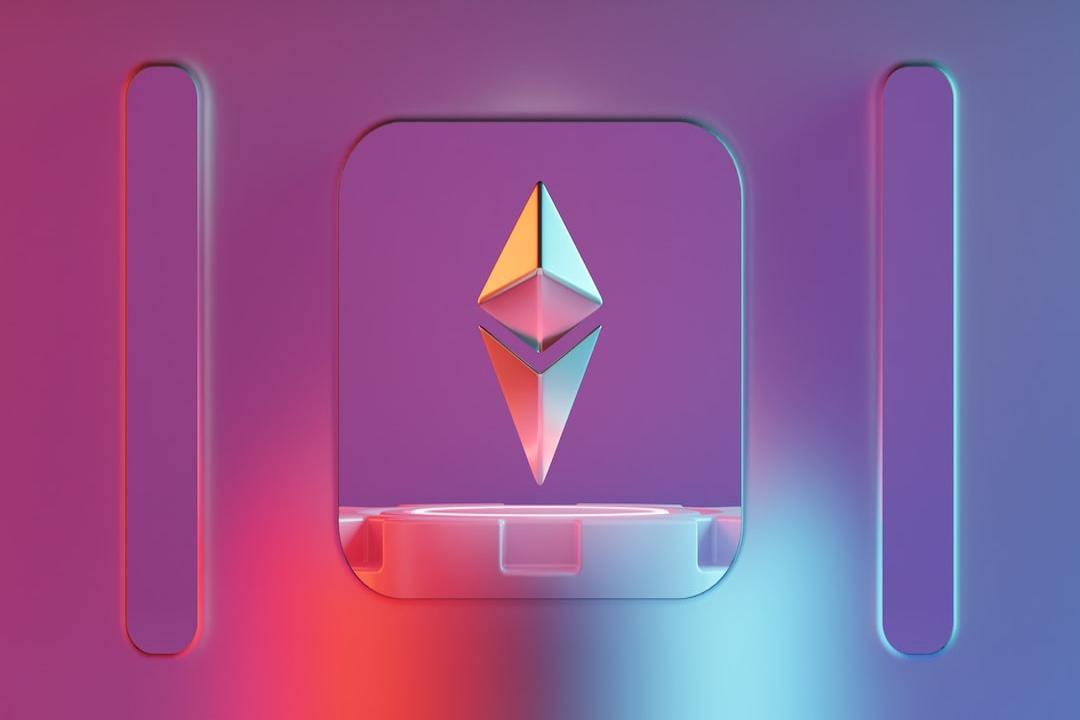Due to the adoption of new standards and an increase in trading volume, the throughput of the Bitcoin blockchain has exceeded 90% after the halving.
After the halving event in April, there has been a significant increase in activity on the BTC network. Despite the presence of high levels of fear, uncertainty, and doubt (FUD), this growth has still occurred.
Data from Dune Analytics emphasizes a key moment on the 20th of the month, when Bitcoin reached 91.4%, while Rune accounted for 6.8%, BRC-1.6 for 20%, and Ordinals for 0.2%.
The sustained improvement of Rune
The significant increase in post-halving traffic is largely attributed to the adoption of new token standards such as Runes and BRC-20.
Data from Dune Analytics shows a substantial increase in transactions involving these token standards, particularly on the 23rd of the month, where Rune transactions exceeded 750,000.
Read more:
Bitcoin network transaction fees plummet over 60% – Here’s why
Bitfinex analyst shares:
“BRC-20 and Ordinals, among other new token standards, have stimulated further development of the BTC blockchain, increasing its overall market share in the field.”
The creation of Rune was to establish alternative tokens on the Bitcoin blockchain, and it has been widely adopted, leading to high transaction volume.
The impact of the halving
The recent halving in April resulted in miners prioritizing higher fee transactions to compensate for the reduced rewards.
The Bitfinex analyst also commented:
“After the halving, with traders and investors adjusting their positions, on-chain activity typically increases, leading to an increase in transaction volume.”

